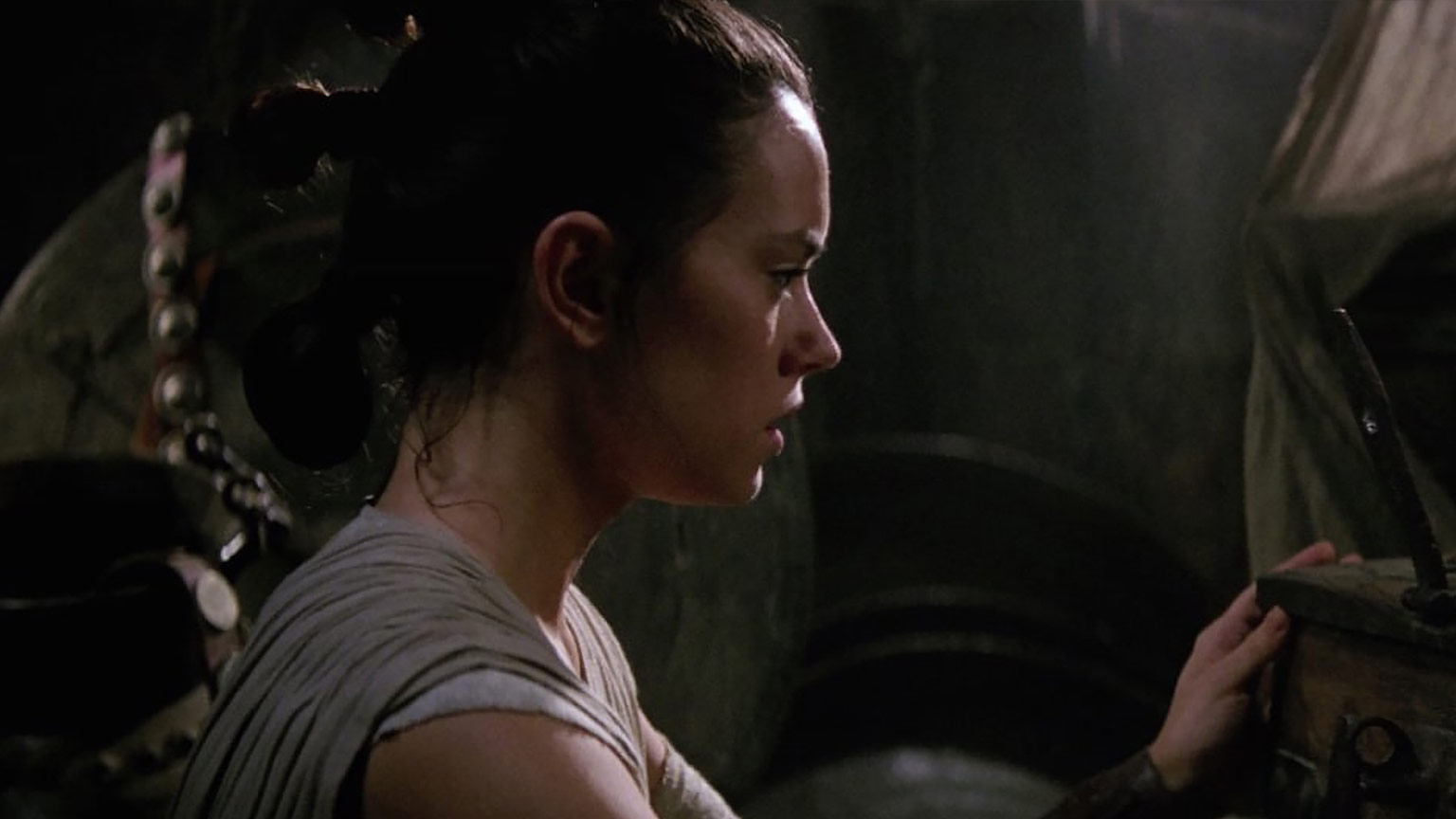Table of Contents Show
Mary Sue has it all. She’s beautiful and intelligent; she’s desired and loved by all. She possesses unparalleled wit, strength, and sometimes supernatural abilities. Mary Sue is a girl without flaws or weaknesses. The universe revolves around her. She is the perfect woman… maybe a little too perfect.
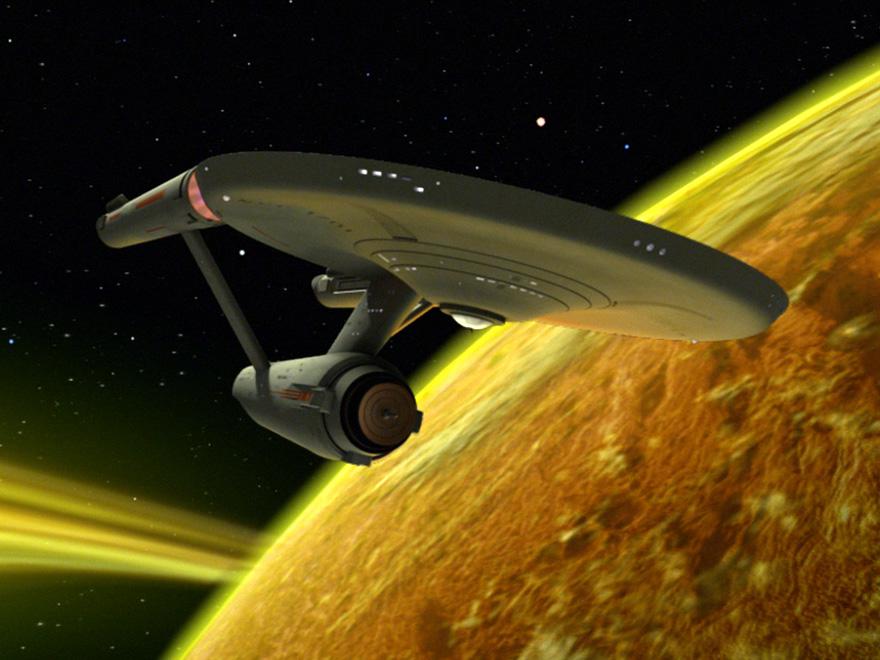
“Mary Sue” is a term often used to describe female characters who are just too perfect and unrealistic to be interesting. She often represents a “self-insert” or an author transplanting themselves and their desires into a story through a perfect, flawless character. Mary Sue is often used as a derogatory or insulting term for characters or stories considered bad, lazily written, or full of unnecessary wish-fulfillment. The term is most commonly used to refer to fanfiction but has since been used towards the characters of mega-franchises such as Star Wars and The Marvel Cinematic Universe. If anything, Mary Sue is no longer a character trope but an insult directed towards female characters and creators, regardless of the story’s quality.
So is it time we retire the term, Mary Sue?
The Origin Of Mary Sue
In 1973, Menagerie (a Star Trek Fanzine) published a parody story called “A Trekkie’s Tale” by Paula Smith. The piece parodied the stories that were often published in other zines that featured the same unrealistic interpretations of young women as stunningly beautiful, educated, and flawless. Smith’s story followed Mary Sue, the youngest lieutenant in the fleet, who was admired by Captain Kirk, Spock, McCoy, and the rest of the Enterprise crew. It reads:
“Gee, golly, gosh, gloriosky,” thought Mary Sue as she stepped on the bridge of the Enterprise. “Here I am, the youngest lieutenant in the fleet—only fifteen and a half years old.” Captain Kirk came up to her. “Oh, Lieutenant, I love you madly. Will you come to bed with me?”
“Captain! I am not that kind of girl!”
“You’re right, and I respect you for it. Here, take over the ship for a minute while I go get some coffee for us.”
Mr. Spock came onto the bridge. “What are you doing in the command seat, Lieutenant?”
“The Captain told me to.”
“Flawlessly logical. I admire your mind.” ((Bacon-Smith, Camille. Enterprising Women: Television Fandom and the Creation of Popular Myth. 1992.))
The story further details her adventures rescuing the men from an android attack and running the ship so well she receives awards and recognitions such as the Nobel Peace Prize, the Vulcan Order of Gallantry, and the Tralfamadorian Order of Good Guyhood. However, soon after Mary Sue succumbs to an illness and dies, her birthday becomes a national holiday on the Enterprise.
Mary Sue served as a way to fantasize about the men of the Enterprise, easily winning their affection as well as displaying unparalleled wit and confidence. Paula Smith said in an interview that the problem with Mary Sue was that she “warped all the other characters in the story away from their known characterization” ((Walker, Cynthia. W. “A Conversation with Paula Smith.” Transformative Works and Cultures, no. 6, 2011. https://doi.org/10.3983/twc.2011.0243.)) in order to force the romance onto the characters and left little room for the reader to enter the world of the story. The tropes serve as a predecessor to self-insert and Y/N fanfiction, in which fans imagine themselves into the world of the story.
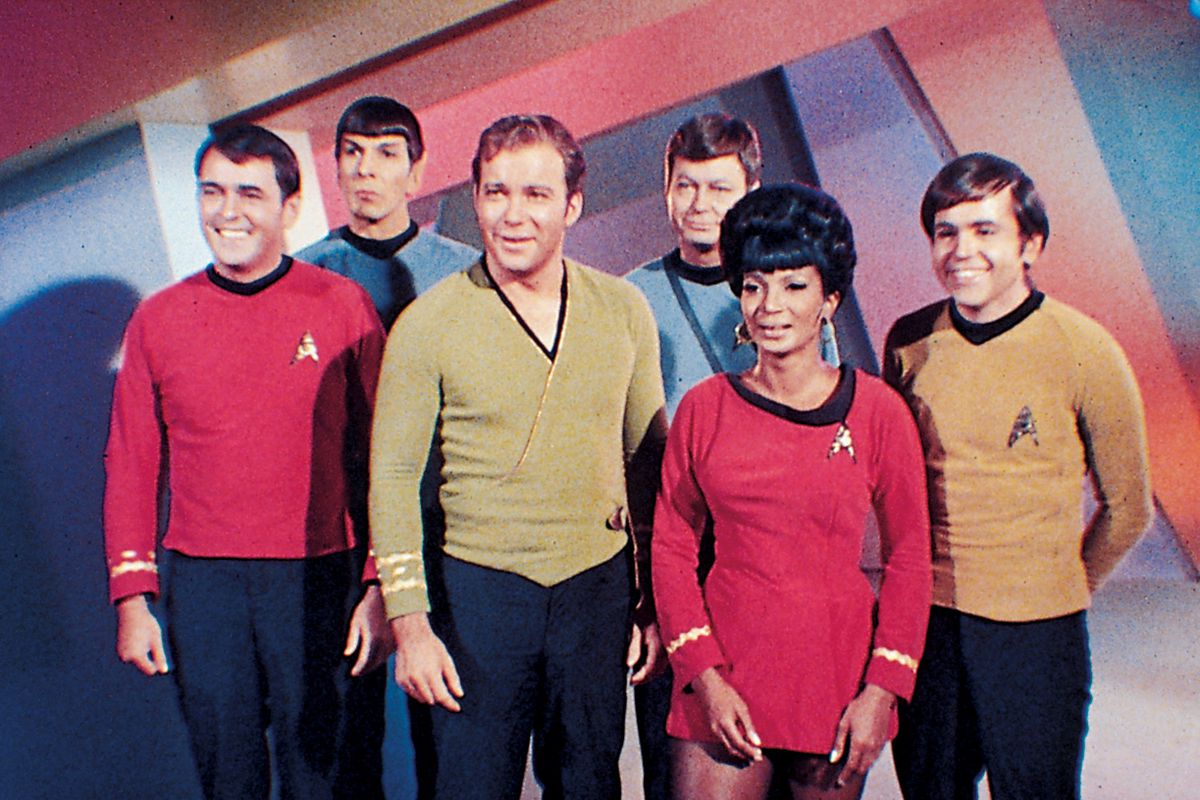
Smith wrote about the trope’s existence in letterzines, often to the dismay of the original stories’ writers. For Smith, this was merely her opinion, and a justifiable critique of patterns present within fandom at the time. Arguments could be made that the Mary Sue trope lacks the proper build-up for a character, which develops through hardships and triumph, and interacts with other characters without removing their own personalities. Mary-Sue is simply a stage that beginning writers go through as they learn to develop realistic and relatable characters. However, Smith could not have anticipated the term’s increased popularity and misuse over time.
Is She Intentionally Unrealistic?
To critique Mary Sue is not inherently a bad thing. Audiences are entitled to like or dislike a character for a variety of reasons, and the flaws Smith discusses in the Mary Sue trope are not unfounded. However, Mary Sue may not be a trope designed for audiences. Rather she exists solely for the writer. She is not supposed to be rooted in realism, but rather she represents unashamed self-indulgence and fun that is often denied to young women writers. Rather than hold themselves to the standards of (often) male-dominated fiction, with rules created by writers with years of experience tucked under their belt, Mary Sue is liberation from expectations.
When writers share and publish self-indulgent and fanciful stories, it is not because they expect the reader to validate their writing skills but because they want the reader to validate their interests and desires in stories. Mary Sue does not represent the desire for characters who are flawless and free from hardship. She instead represents a space for female characters who are desirable, intelligent, and powerful — a narrative that has often been rejected from mainstream media. She is unrealistic because she seeks freedom from the harsh realities that have often held back women and non-white creators.
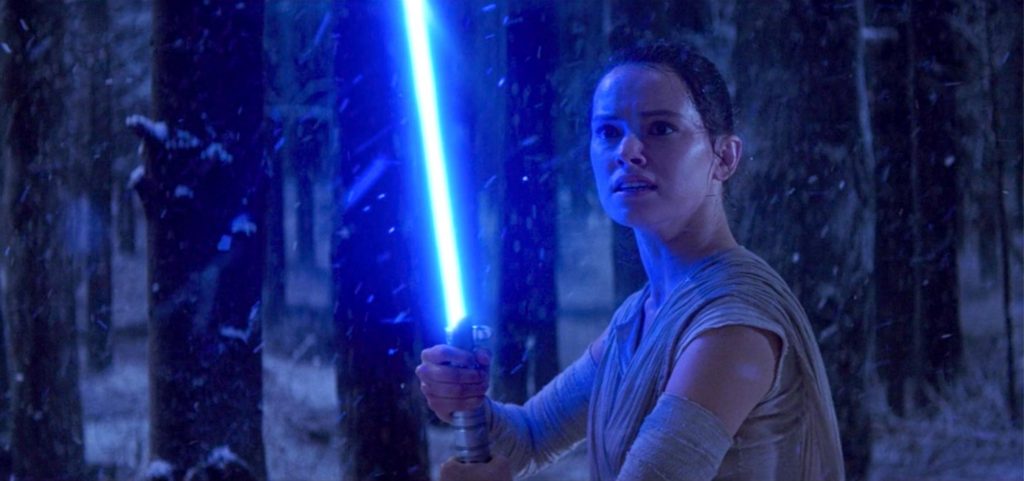
Of course, fulfilling fantasies is not the only purpose Mary Sue serves. As Paula Smith argued, Mary Sue is just a term that represents where beginning writers are at in their craft. No one begins as a perfect writer immediately, and writing half-baked, one-note characters is a right of passage for many new writers. It is okay to write and publish bad characters. Of course, the term is never used with such acceptance or forgiveness. It is not meant to improve their writing but rather to belittle them and increase the ego of the reader.
Mary Sue is often used to target fanfiction and original fiction created by young girls, who are likely writing creatively for the first time. Fansplaining’s Shipping Survey ((Fansplaining. The Shipping Survey. 2019.))from 2019 noted that 72% of its participants identified as female. This comes in comparison to the AO3 census from 2013 ((centrumlumina. AO3 Census Masterpost. Tumblr. 2013.)), in which 90% of users identified as female. For many female writers, as well as non-binary and trans youth, fanfiction is a place to practice good writing skills, publish online, and form a community. Too many “good” stories are not the end goal of writing fanfiction but rather a good and uplifting experience. It is not uncommon for beginning writers to worry that they “might write a Mary Sue” and be publicly shamed online. Using Mary Sue as a form of critique without purpose that offers no direction or useful feedback and can make new writers feel confused and belittled. The term only harms young writers rather than helps them develop their skills.
Characters Wrongly Labeled As Mary Sues
Throughout its usage, the term Mary Sue has often been a tool for misogyny and racism and creates barriers to representation in media. One of the most notable misuses of the term sprung from the Star Wars fandom when Rey was made the protagonist of the sequel trilogy. Her existence was met with outrage from predominantly white male fans who dubbed her as a “Mary Sue” because she displayed a talent for using the force, fighting, and flying with little to no training. In fact, she receives no formal training until The Last Jedi and The Rise of Skywalker, when Luke and Leia serve as her Jedi masters.
However, Rey’s characterization cannot be fully criticized without comparing her to her predecessor — Anakin Skywalker. Like Rey, Anakin displays a lot of skill with the force as a young child and even wins a pod race at 9. He is even regarded as “The Chosen One,” a trope often associated with Mary Sues. This is not to say that Rey is a perfectly written character in comparison to Anakin, but rather that the term was used specifically to reflect the male fandom’s dissatisfaction with a woman leading the cast. Therefore, it isn’t entirely reasonable to dub her a “Mary Sue” while her male counterparts display similar traits and tropes. Rey is not the only example of a female character who receives more hate than she deserves. Black Panther often receives pushback for its presentation of Shuri, a black teenage girl, as the most intelligent person in the MCU– outsmarting even Tony Stark and Bruce Banner.
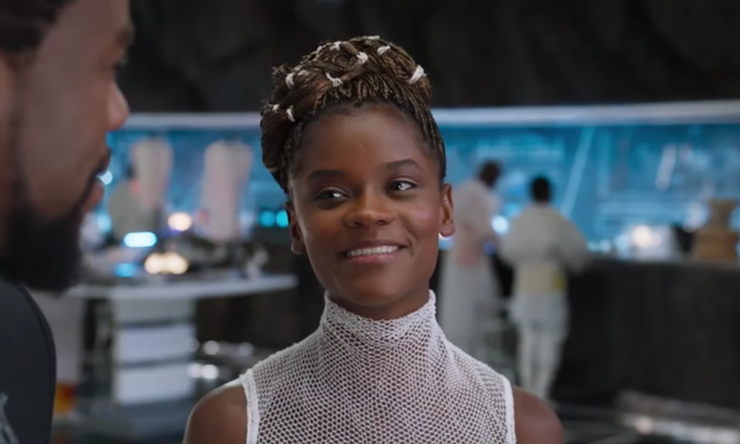
Not only was her intelligence met with outrage that a teenage girl could not be better than a man, but her existence was also met with racism. Not only is she a girl, but she is a Black girl. Her mere existence as an intelligent and capable person somehow extends into the realm of the implausible. Mary Sue is often joined with misogynoir ((Stitch. “What “Falcon and the Winter Soldier” Teaches Us About Fandom Misogynoir.” Teen Vogue. 2021.)) as a way to devalue the talents and expertise of Black women as enjoyable characters in media.
There is also the male counterpart to Mary Sue, known as Gary Stu. Gary presents all the same lackluster personality traits as Mary, yet he is rarely criticized so publicly. He doesn’t make the headlines or cause outrage from his fanbase. As previously mentioned, there has been little outrage towards Anakin Skywalker’s unnatural skill for pod racing and status as “The Chosen One.” It is often assumed that because more fanfiction writers are women, Gary Su is a less popular terminology. But doesn’t that mean that Mary Sue is a term intentionally meant to harm and silence creators?
These criticisms of female characters often come from white male fans. This rejection of women in stereotypical male-dominated fandoms (Star Wars, Marvel) most likely comes as hesitation in response to change. As media becomes more diverse, white men leave less room to live out their fantasies on screen. Movies and television allow us to escape everyday life and view ourselves as the characters in a story. But just as white men want to preserve their representation on screen to uphold that sense of escapism, non-white and non-male viewers equally want a chance to see themselves represented as well.
Mary Sue’s Retirement
Rather than immediately claim that a character to be a Mary Sue, critics need to learn how to provide concrete and meaningful feedback. If you want to say that a character is too perfect or lacks a sense of realism, it would be better to say that you “wish the character had to overcome a weakness or flaw in the story” or “that the relationship with a character’s love interest was more deeply explored.” There’s a right way to provide constructive criticism or explain why you didn’t like a character, and it doesn’t involve evoking the name of Mary Sue.

Writers can also work to create well-rounded characters and avoid the looming shadow of Mary Sue. Realistic and enjoyable characters face challenges within their stories and often struggle physically and emotionally to meet their goals. Developing characters with strengths and weaknesses is an important step to avoiding the boring, just too perfect character trope. But the most important thing any writer can do is practice and give themselves space to grow.
It’s time for the term Mary Sue to retire. She served her purpose as a critique of new writers back in the ’70s, but it might be time for her to step out of the public eye. But, of course, her story will always be preserved in the pages of Menagerie and within the backlogs of chat rooms.
